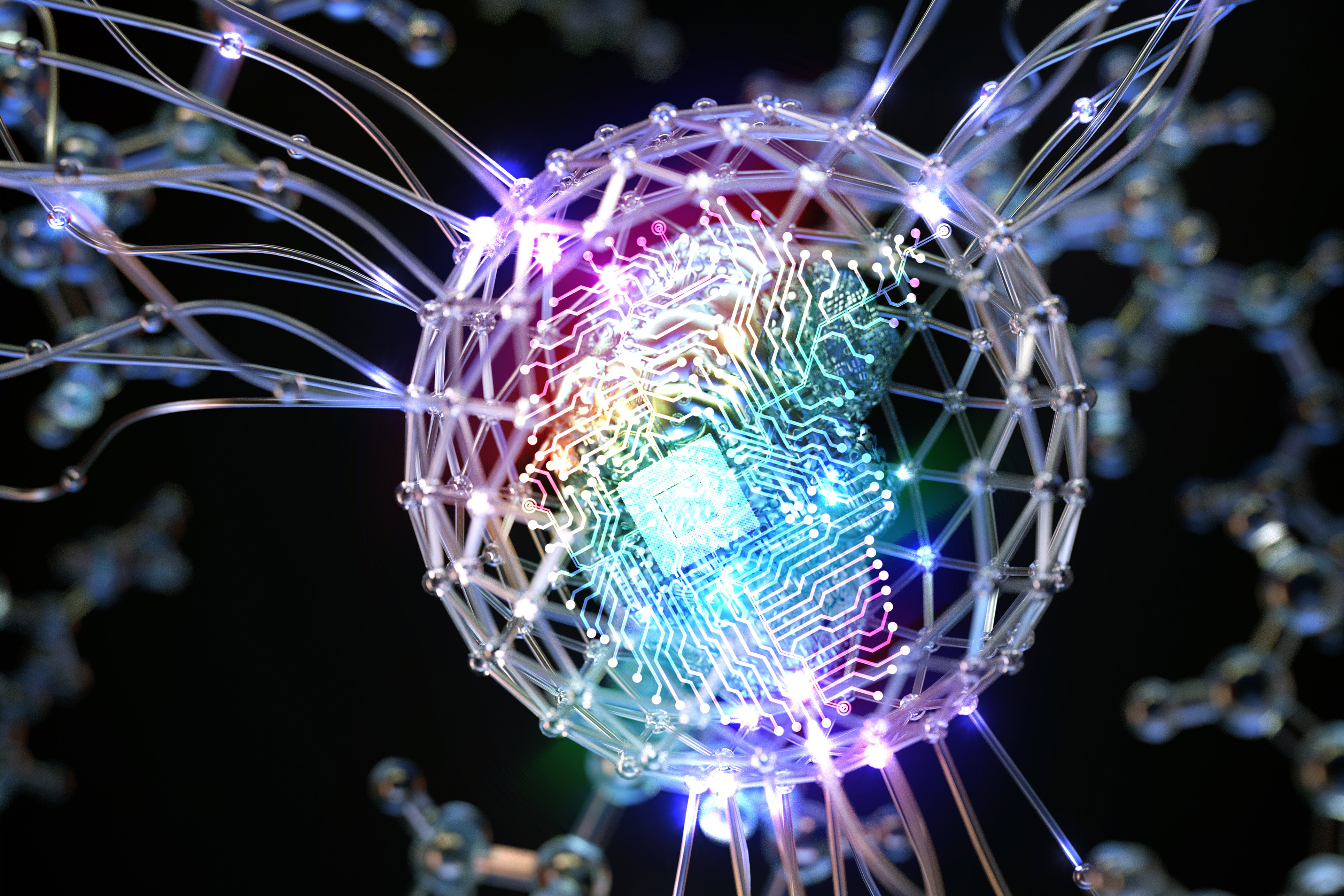Introduction to Material Analysis
Manufacturing better batteries, faster electronics, and more effective pharmaceuticals depends on the discovery of new materials and the verification of their quality. Artificial intelligence is helping with the former, with tools that comb through catalogs of materials to quickly tag promising candidates. However, verifying the quality of these materials still involves scanning them with specialized instruments to validate their performance — an expensive and time-consuming step that can hold up the development and distribution of new technologies.
The Challenge of Quality Control
Certain spectroscopic modalities reveal specific properties in a material: Infrared reveals a material’s molecular groups, while X-ray diffraction visualizes the material’s crystal structures, and Raman scattering illuminates a material’s molecular vibrations. Each of these properties is essential in gauging a material’s quality and typically requires tedious workflows on multiple expensive and distinct instruments to measure.
Introducing SpectroGen
Now, a new AI tool developed by MIT engineers could help clear the quality-control bottleneck, offering a faster and cheaper option for certain materials-driven industries. In a study, the researchers present “SpectroGen,” a generative AI tool that turbocharges scanning capabilities by serving as a virtual spectrometer. The tool takes in “spectra,” or measurements of a material in one scanning modality, such as infrared, and generates what that material’s spectra would look like if it were scanned in an entirely different modality, such as X-ray.
How SpectroGen Works
The AI-generated spectral results match, with 99 percent accuracy, the results obtained from physically scanning the material with the new instrument. With SpectroGen, the researchers envision that a diversity of measurements can be made using a single and cheaper physical scope. For instance, a manufacturing line could carry out quality control of materials by scanning them with a single infrared camera. Those infrared spectra could then be fed into SpectroGen to automatically generate the material’s X-ray spectra, without the factory having to house and operate a separate, often more expensive X-ray-scanning laboratory.
Applications and Benefits
The new AI tool generates spectra in less than one minute, a thousand times faster compared to traditional approaches that can take several hours to days to measure and validate. “We think that you don’t have to do the physical measurements in all the modalities you need, but perhaps just in a single, simple, and cheap modality,” says study co-author Loza Tadesse, assistant professor of mechanical engineering at MIT. “Then you can use SpectroGen to generate the rest. And this could improve productivity, efficiency, and quality of manufacturing.”
Beyond Material Analysis
Tadesse’s interdisciplinary group at MIT pioneers technologies that advance human and planetary health, developing innovations for applications ranging from rapid disease diagnostics to sustainable agriculture. The team is exploring ways to adapt the AI tool for disease diagnostics, and for agricultural monitoring through an upcoming project funded by Google.
Conclusion
SpectroGen is a game-changing AI tool that can help streamline the material analysis process, making it faster, cheaper, and more efficient. With its ability to generate high-accuracy spectral data in different modalities, SpectroGen has the potential to revolutionize various industries, from pharmaceuticals to semiconductors to defense.
FAQs
Q: What is SpectroGen?
A: SpectroGen is a generative AI tool that serves as a virtual spectrometer, generating spectral data in different modalities.
Q: How does SpectroGen work?
A: SpectroGen takes in spectra of a material in one modality and generates what that material’s spectra would look like in a different modality.
Q: What are the benefits of using SpectroGen?
A: SpectroGen generates spectra in less than one minute, a thousand times faster compared to traditional approaches, and can improve productivity, efficiency, and quality of manufacturing.
Q: What are the potential applications of SpectroGen?
A: SpectroGen can be used in various industries, including pharmaceuticals, semiconductors, defense, and agriculture, for material analysis and disease diagnostics.











